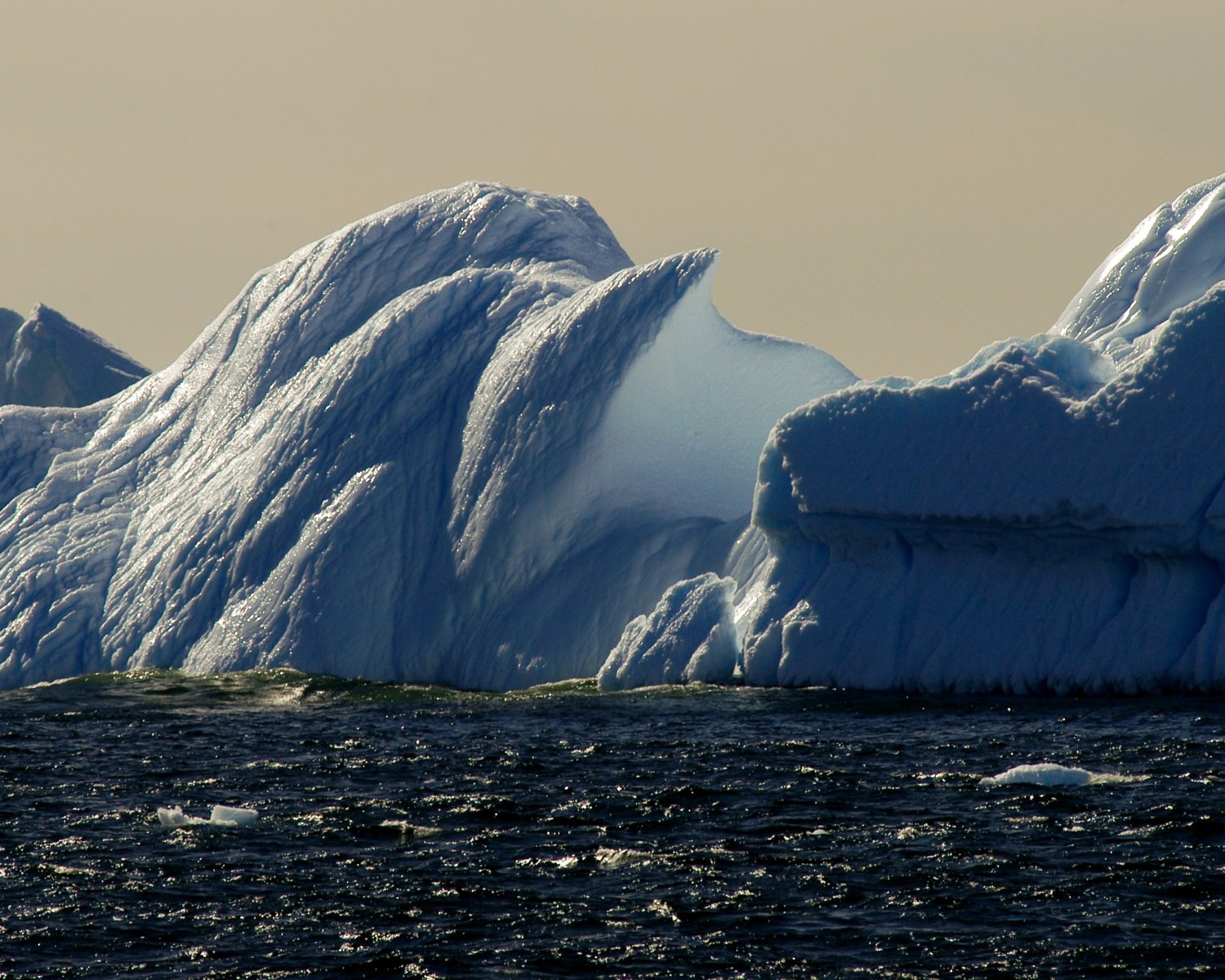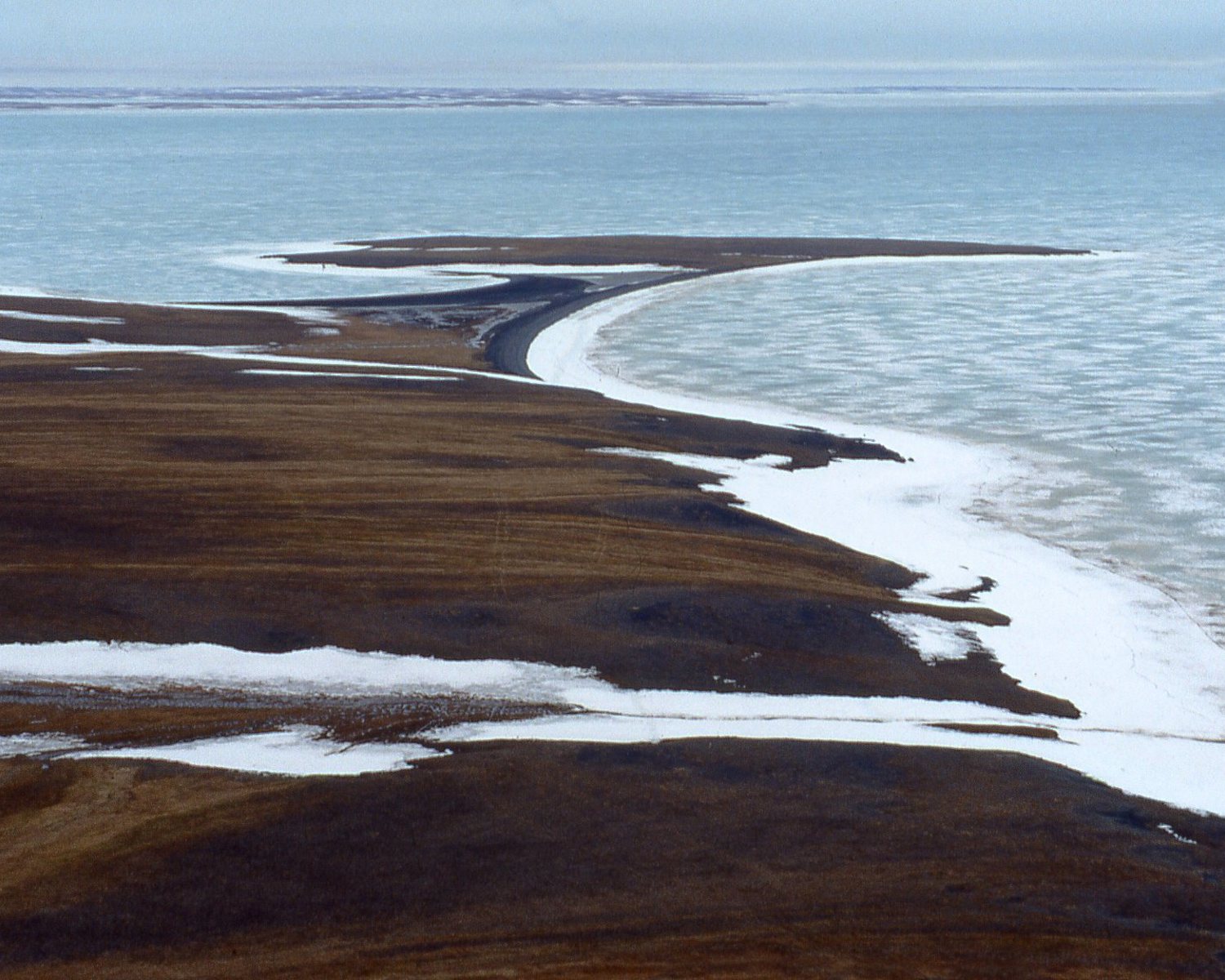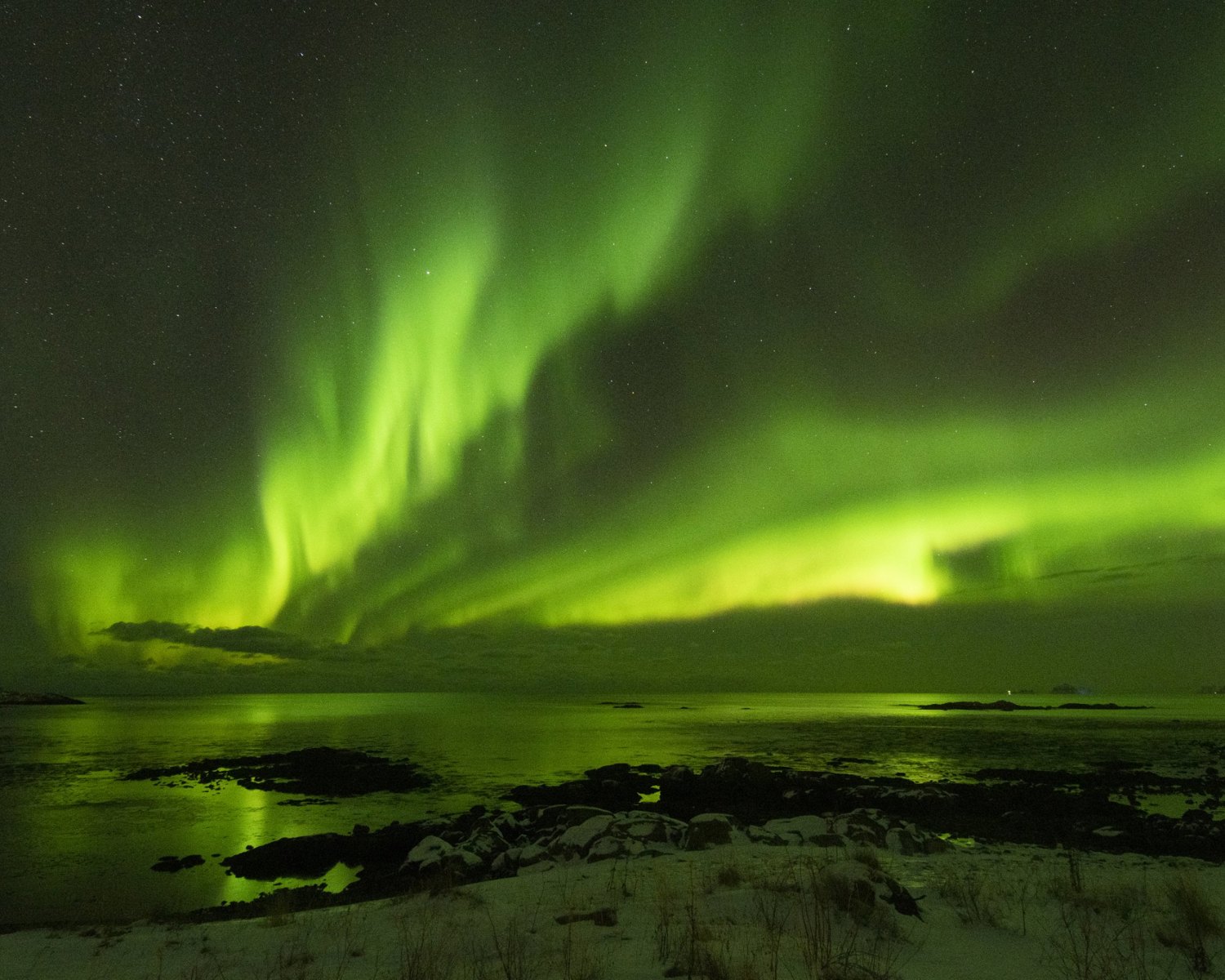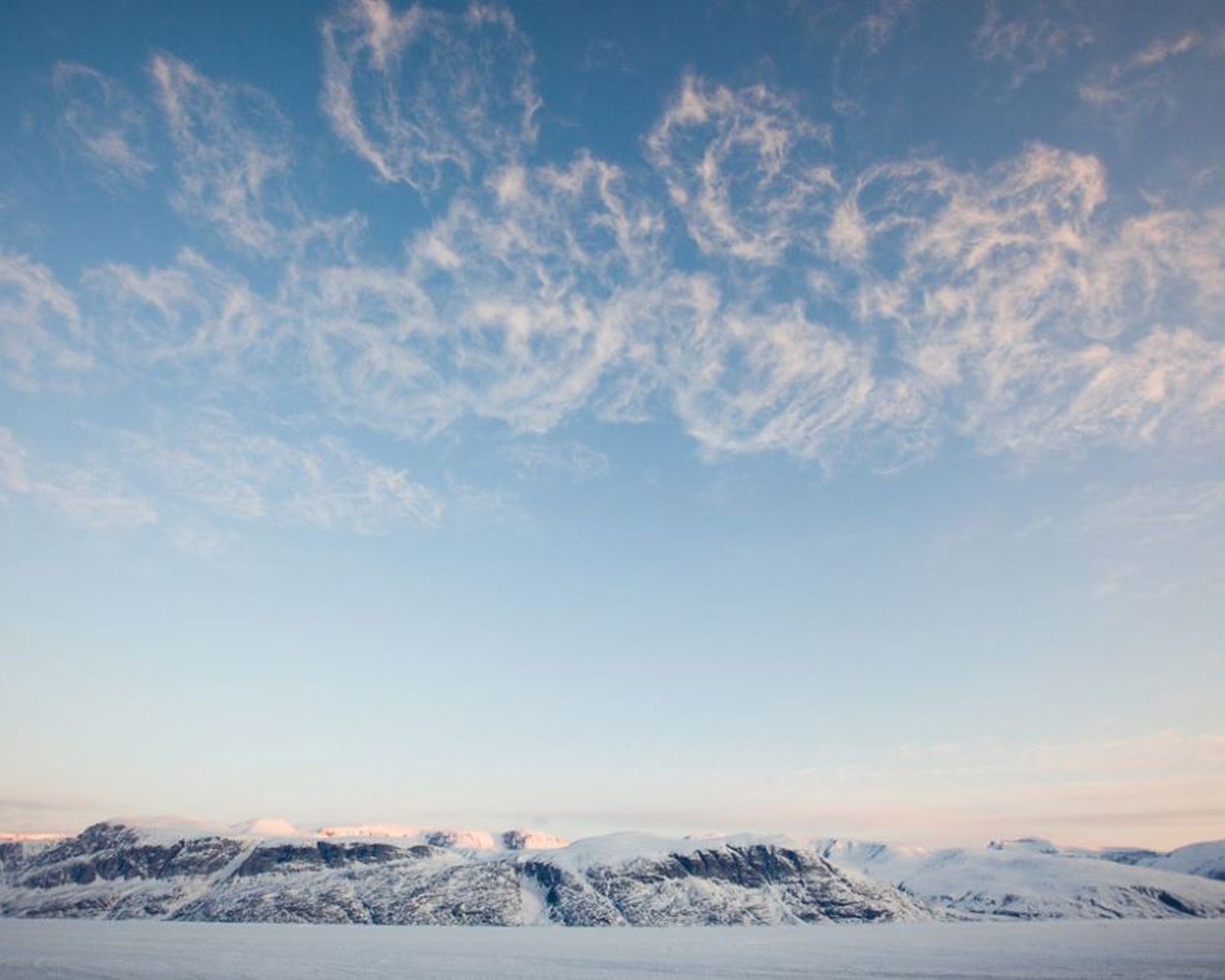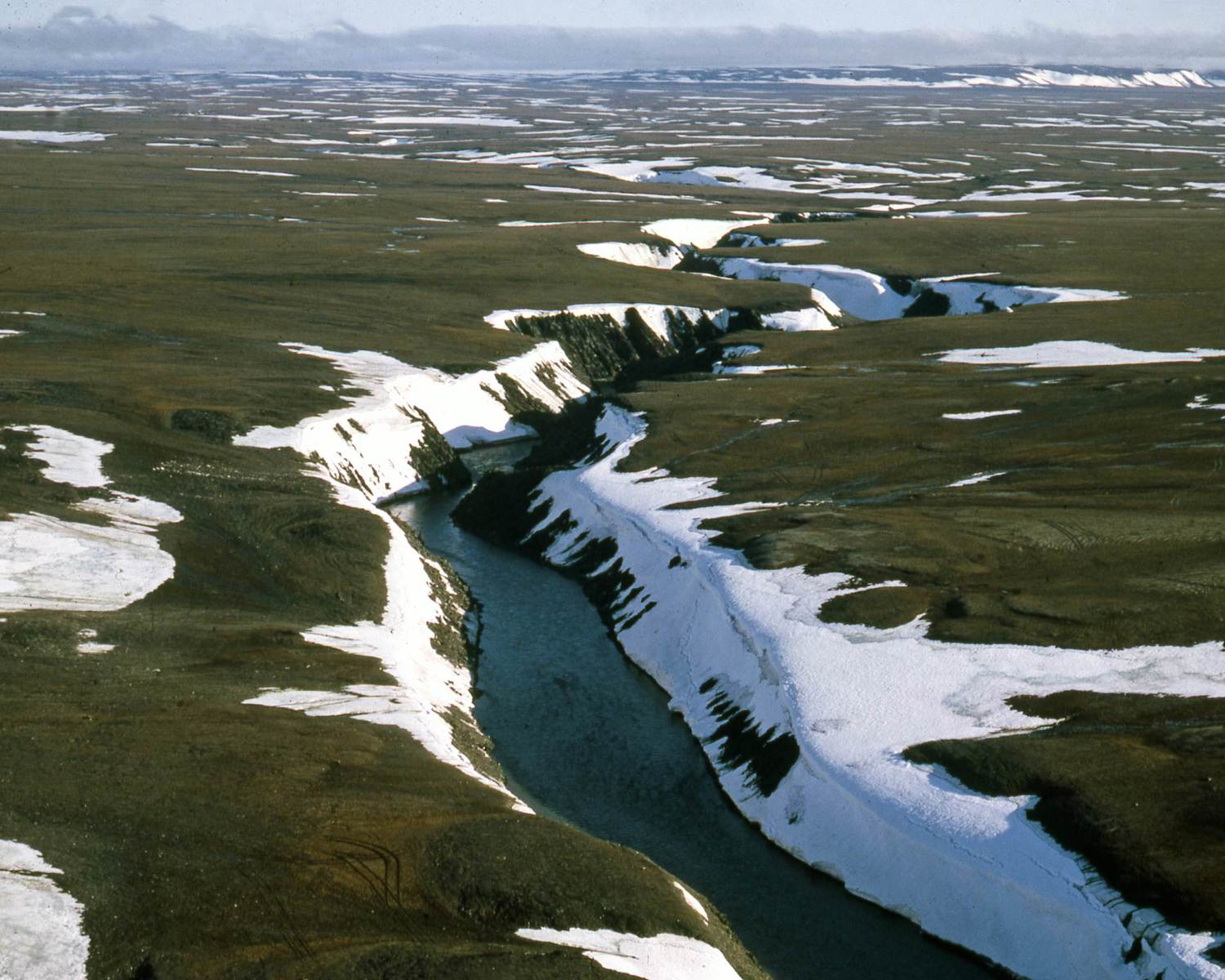Ice shields and “volcanoes”
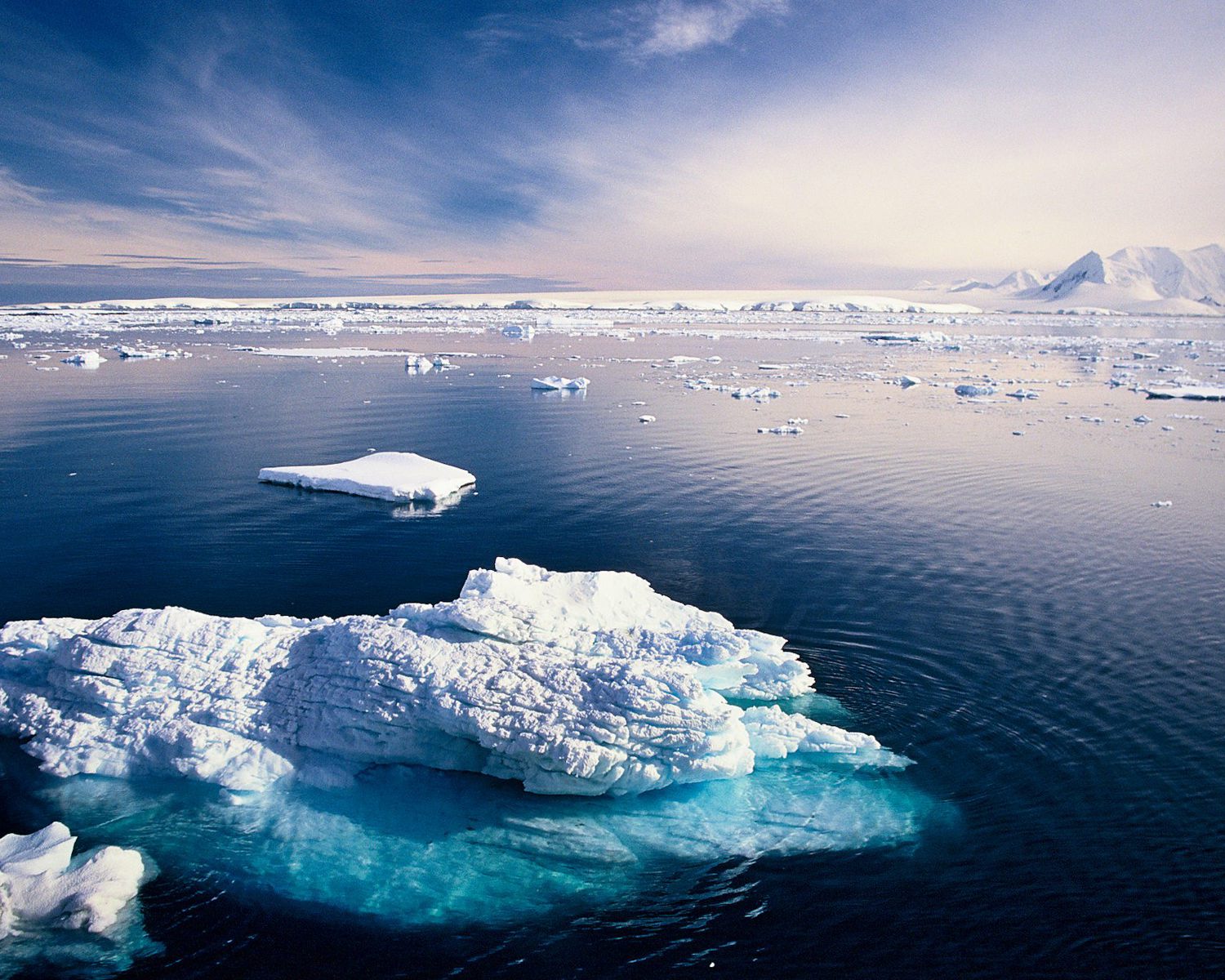
Similar to other ideas to pump water on sea ice (see Sea ice thickening), engineer Sev Clarke (Planetary Restoration n.d.) and engineering student Katy Cartlidge (University of Cambridge 2022) both came up with designs to artificially produce sea ice.
In both schemes, water is pumped up through a central pipe and allowed to freeze onto previously-grown ice. This ongoing process then slowly forms a thicker mass of ice that would hopefully be able to survive over longer periods. Many of these 'icebergs', which Clarke calls Ice Shields and Cartlidge dubbed ice volcanoes, could together form larger surface areas that could have multiple benefits for ecosystems and the climate.
Analysis overview

Technological Readiness Level (TRL)
Low 1
Technological Readiness Level (TRL)
A technology with a TRL of 1-3: TRL 1 – Basic; TRL 2 – Concept formulated; TRL 3 – Experimental proof of concept

Scalability
Low 1
Scalability
Physically unable to scale; sub-linear/logarithmic efficiency of scalability

Timeliness for near-future effects
Low 1
Timeliness for near-future effects
Implemented too late to make a significant difference

Northern + Arctic potential
Low 1
Northern + Arctic potential
No noticeable extra positive effect beyond the global average; technology is unsuited to the Arctic

Global potential
Low 1

Cost - benefit
Moderate 2
Hao et al (2023) estimate that the melting of the sea ice would in any case costs the world an average of 6.7–13.3 trillion USD annually over the period 2020 to 2100, when the costs of the forcing effects of the ice are calculated in terms of equivalent costs of the forcing that is the result of GHG emissions.
Cost - benefit
Significant investment costs needed, but still much cheaper than the avoided damage costs (e.g., 30%).

Environmental risks
Some risk 2
Environmental risks
More widespread and possibly regional impacts that extend beyond the immediate solution deployment location

Community impacts
Unknown 0

Ease of reversibility
Medium 2

Risk of termination shock
Some risk 2
Risk of termination shock
Medium or relatively significant termination shock or damage

Legality/governance
Challenging 2
Legality/governance
Fits within existing structures to a certain degree, but some policy changes are needed to deploy at scale

Scientific/media attention
Medium 2
Scientific/media attention
Some attention within the scientific community, including published research and funding programmes; some media attention; some commercial interest
References
Clarke, S. n.d. Planetary Restoration blog: #4 Ice Shield/Ice Thickening. https://planetaryrestoration.net/f/sev-clarke-more-climate-solutions [Accessed 9 July 2024]
Hao H., Su B., Liu S., and Zhuo W. 2023. Radiative Effects and Costing Assessment of Arctic Sea Ice Albedo Changes. Remote Sensing. 15(4):970. https://doi.org/10.3390/rs15040970
University of Cambridge. 4 Oct. 2022. Undergraduate project: Can an 'ice volcano' help to regenerate sea ice? Dept. of Eng. News. http://www.eng.cam.ac.uk/news/undergraduate-project-can-ice-volcano-help-regenerate-sea-ice?s=03 [Accessed 9 July 2024]

